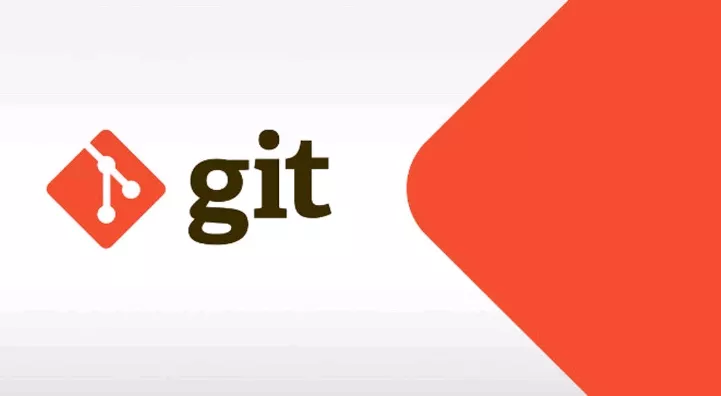GitHub
Git is a distributed version control system that allows
Version Control: Git tracks changes to files and directories in a project over time. This allows developers to work on different features or bug fixes simultaneously without interfering with each other's work.
Distributed System: Each developer has
Branching: Git makes it easy to create branches, which
Merging: Git provides tools
Repositories: A Git repository is a directory that contains your project's files and the entire history of changes. Repositories can be hosted
Commits: A commit is a snapshot of the project at a specific point
Pull Requests: On platforms like GitHub, a pull request (PR) is a proposed
Cloning: Creating a copy of a repository from a...
Version Control: Git tracks changes to files and directories in a project over time. This allows developers to work on different features or bug fixes simultaneously without interfering with each other's work.
Distributed System: Each developer has
Branching: Git makes it easy to create branches, which
Merging: Git provides tools
Repositories: A Git repository is a directory that contains your project's files and the entire history of changes. Repositories can be hosted
Commits: A commit is a snapshot of the project at a specific point
Pull Requests: On platforms like GitHub, a pull request (PR) is a proposed
Cloning: Creating a copy of a repository from a...



